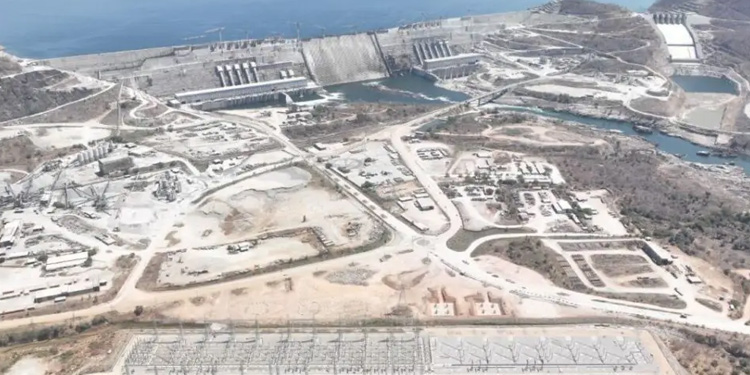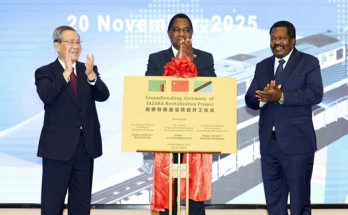
Construction of Africa’s largest hydroelectric Dam, the Grand Ethiopian Renaissance Dam is in its final phases of completion. Situated on the Blue Nile River, the Grand Ethiopian Renaissance Dam (GERD) is a monumental testament to Ethiopia’s ambitions. It signifies the country’s desire to pursue modernization as well as economic development. Initiated in April 2011, it has taken 13 years for the project to enter its completion phase. Once completed, this colossal hydroelectric project will be Africa’s largest dam. Over the years, the estimated construction cost of the dam has accumulated up to $4 billion. At the start of 2024, the construction of the Grand Ethiopian Renaissance Dam (GERD) had reached a significant milestone. Work on the dam was at 94.6% of completion, signaling a new era for Ethiopia’s energy and infrastructure sector. The dam also has insights on pushing the bounds of Africa’s advancement to build better and more durable infrastructure.
The Significance of the Completion of Africa’s Largest Hydroelectric Dam
Once completed and operational, the GERD is expected to double Ethiopia’s electricity generation capacity, which will increase the country’s power supply. The GERD will also propel the nation towards its goal of becoming a major power exporter in the region. Africa’s largest Hydroelectric Dam shows the promise of generating over 5 gigawatts of electricity annually. It will also facilitate in addressing the power issues and needs of over 50% of the Ethiopian population currently living without it. For Ethiopia, the dam is also a pathway to economic growth and regional leadership. They plan to export electricity worth USD 1 Billion annually to neighboring countries. This aligns with Ethiopia’s broader goals of economic diplomacy. Additionally, the project expects to create significant employment opportunities, improve agricultural irrigation potential, and mitigate flooding. The completion and operation of Africa’s largest hydroelectric dam is highly anticipated.
The Challenges Facing the Grand Ethiopian Renaissance Dam
Africa’s largest hydroelectric dam and the symbol of Ethiopian aspiration is also a focal point of regional tension. Particularly with Egypt and Sudan, which lie downstream. The Nile is a lifeline for these nations. Based on this the construction of the dam has been at the center of solving a complex water-sharing puzzle. On one end, Egypt has a historical dependence on the Nile waters for nearly all its agricultural and domestic use. The country views the dam as an existential threat to its water security. On the other hand, Sudan is also skeptical about the dam’s construction. While standing to benefit from regulated floods and cheap electricity, it remains cautious about the dam’s operation and safety implications. For this reason, damming the Nile is a contentious issue for Egypt and Sudan, for whom the river is an indispensable resource.
The State of Affairs Regarding the Construction of the Grand Ethiopian Renaissance Dam
As the construction of Africa’s largest hydroelectric dam nears completion, negotiations between Ethiopia, Egypt, and Sudan have reached a critical juncture. In the round of talks held in Cairo on October 23, 2023, the impasse persisted despite intense diplomatic efforts. Currently, there has been no decided agreement or consensus on the dam’s operations. The international community, including the United States and the African Union, has urged the parties to find a peaceful resolution. However, as of early 2024, there is no lasting settlement. Downstream countries seek assurances that their water security will not be compromised by the dam’s operation. Africa’s largest hydroelectric dam is more than just a dam, it is a symbol of Africa’s infrastructural ambition. It is also a test for international diplomatic relations and water cooperation. Its completion could sign a new dawn of energy independence and economic integration for Ethiopia and its neighbors.



